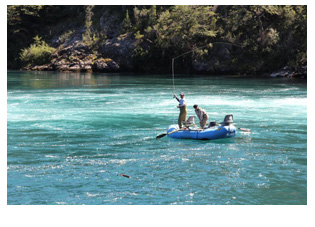Sweet pic you got there Dave... that photographer is very talented!!! lol
Nice little write up. It seems every year I fly fish, I tend to seek after more of those little trickles of water that are full of wild fish!
Nice little write up. It seems every year I fly fish, I tend to seek after more of those little trickles of water that are full of wild fish!
Last edited:





